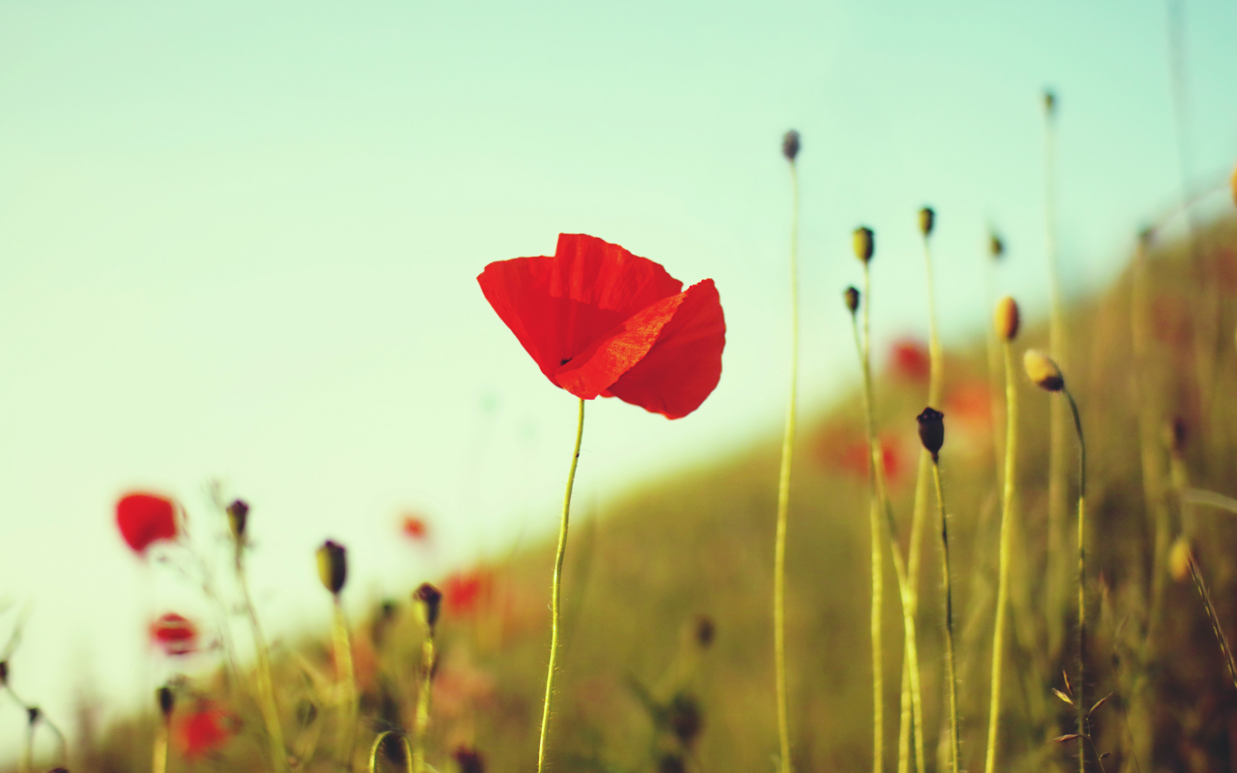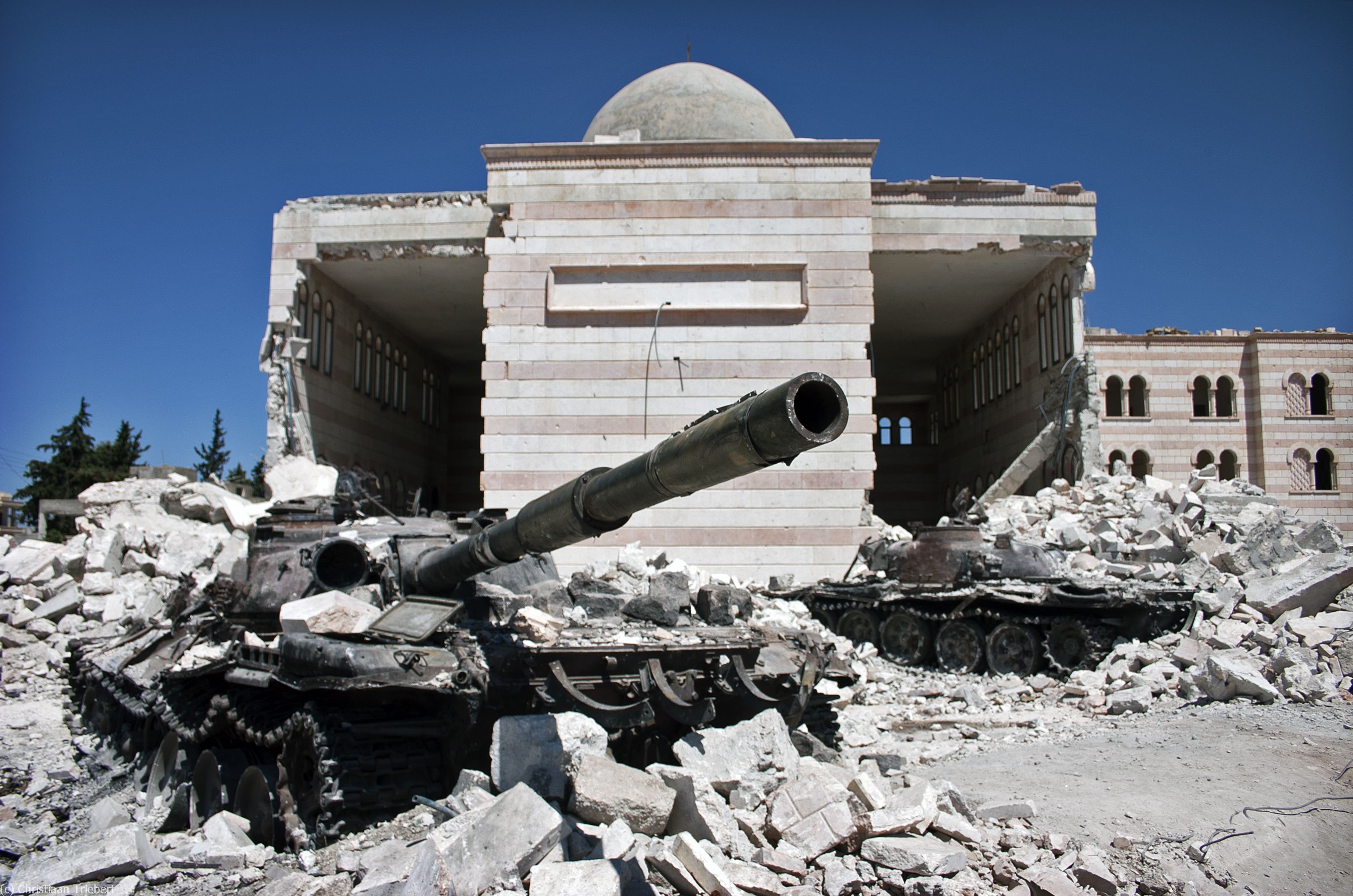
By: Megan White and Yuliya Bila
Marco Polo, the famed 13th century explorer, would hardly recognize the Silk Road that he once knew so well. In its heyday, the trail connected Europe and China by way of Central Asia, a region acclaimed for its rich culture and diverse heritage. Today, however, Central Asian trading hubs are known for something much more sinister than spices and silks.
At first glance, the vibrant red poppy flower glows with innocence and familiarity, evoking sleepy images of wartime remembrance popularized by Lieutenant McCrae’s poem “In Flanders Fields.” But for a small-time farmer in the Golden Crescent of Iran, Afghanistan, and Pakistan, the plant is more than a symbol; it can be a livelihood. A favorable climate, effortless cultivation, easy storage, and high demand combine to make opium cultivation a sound economic venture. Estimate from the Central-Asia Caucasus Institute show that a farmer in Afghanistan can make 17 times more profit by using his land to cultivate poppies rather than wheat. In selling the poppy sap to a local merchant, the farmer often has a limited understanding of its ultimate form and destination on the streets of a bustling European metropolis. But the truth of the matter is: what keeps one man alive can destroy another.
The producers and consumers of heroin need not meet; they are connected by a multi-layered chain of distribution that includes lab workers, truck drivers, corrupt government officials, destitute border control officers, and savvy businessmen. As the poppy changes hands and transforms into a deadly white powder, it leaves behind a trail of heroin addicts who pool together along the highways and in the cities of Central Asia and Eastern Europe. These men and women, mostly under the age of thirty, should be in the prime of their life. They are the generation that can lead their countries into the future as productive members of society. Instead, they find themselves as part of growing underclass of injecting drug users increasingly plagued by HIV/AIDS.
Since the turn of the century, the flooding of the region with heroin as cheap as $1-2 per dose has led to an explosion of new HIV infections. Central Asia has now surpassed sub-Saharan Africa in having the fastest growing rate of HIV infection in the world. The sharing of syringes and preparation equipment among heroin addicts contributes to 60 percent to 80 percent of new HIV infections in Central Asia and according to UNAIDS, approximately a quarter of injecting drug users are presently living with HIV/AIDS. The opium trade along the various silk routes is also strongly affiliated with a rise in organized crime, corruption, domestic violence, prostitution, and human trafficking.
All of these societal ills combine to destabilize the region by maiming its most important resource, human capital, and leading to a social and public health catastrophe with immense implications for regional security.
The international community has not turned a blind eye to the problem. As the global implications have become increasingly apparent, the fight against drug trafficking in Central Asia has attracted the attention of the United Nations Organization for Drug Control (UNODC) and major state actors including the European Union, the United States, and Russia. Each party has launched various initiatives, both individually and cooperatively, to bolster border security, provide monetary aid, and stifle drug production. So far, promises to rethink security in the region and to innovate the anti-trafficking effort have remained largely rhetorical.
Between 2004 and 2009, despite rising production levels in Afghanistan and a higher degree of international attention and support, heroin seizures in Tajikistan decreased by nearly 75 percent. As this example demonstrates, the roots of the problem extend deep beneath the soil, and surface-level solutions have yet to produce sustainable results.
A key factor behind the fruitless fight against drug trafficking in Central Asia is an overarching simplification of the issue. Regional experts have divided the Central Asian drug trade into three types: “green,” which involves trade by Islamic networks for the purpose of raising money for militant activities, “black,” which refers to small-scale criminals supplying local markets, and “red,” which describes trafficking through large, elaborate organized crime networks intertwined with governmental institutions. Local and international efforts have focused primarily on stamping out green and black trade. The majority of trafficking that occurs in the region, however, falls into the red category. While linking the drug problem with terrorism has popularized the issue, it has also helped to legitimize repressive social policies and has only drawn attention away from government involvement in trafficking.
In the face of high-level corruption, efforts to assist in the material aspects of border security, such as providing money for buildings, infrastructure, and equipment, have only pruned the problem. High-tech checkpoints, barbed wire, and watchtowers mean little when a trafficker can simply buy a false passport or bribe a border guard. Combatting the Central Asian drug trade does not stop with physical means, but also requires a fundamental change in the region’s political culture.
High-level corruption is not the only factor responsible for perpetuating the drug trade. Thus far, international efforts have focused on cutting into heroin production and transport. The demand curve, however, remains untouched. In keeping with their Soviet heritage, Central Asian governments leave the medical and psychiatric domains in the hands of law enforcement agencies. Drug users are criminalized, and treatment centers are legally required to submit their patients’ names to the authorities. Oriented around abstinence and zero-tolerance, these ill-equipped facilities often provide sleeping pills as the sole means of treatment. Introducing educational and preventative measures proves, in most cases, culturally unpalatable.
Fighting drug trafficking at all may raise economic issues as well. Poppy farming and processing play an important role in Central Asian livelihood, with estimates showing that illicit drug trafficking constitutes 30 to 50 percent of Tajikistan’s economy. Strategies such as Russia’s “Rainbow-2” plan, which calls for poppy eradication, would deal a heavy blow to a large number of ordinary farmers in the region. In order to preserve peace and stability, an effective campaign against drug trafficking must involve alternative sources of revenue for Central Asia’s small-scale farmers.
Solving the problem, however, requires changing the culture from which it stems. Central Asia has been a hub of goods and ideas for the majority of its history. The Silk Road, once a conduit for scholars and merchants, is now known for connecting impoverished farmers in remote fields to heroin users around the world. The legendary link between east and west is no longer a road paved in silk, but in poppies.

